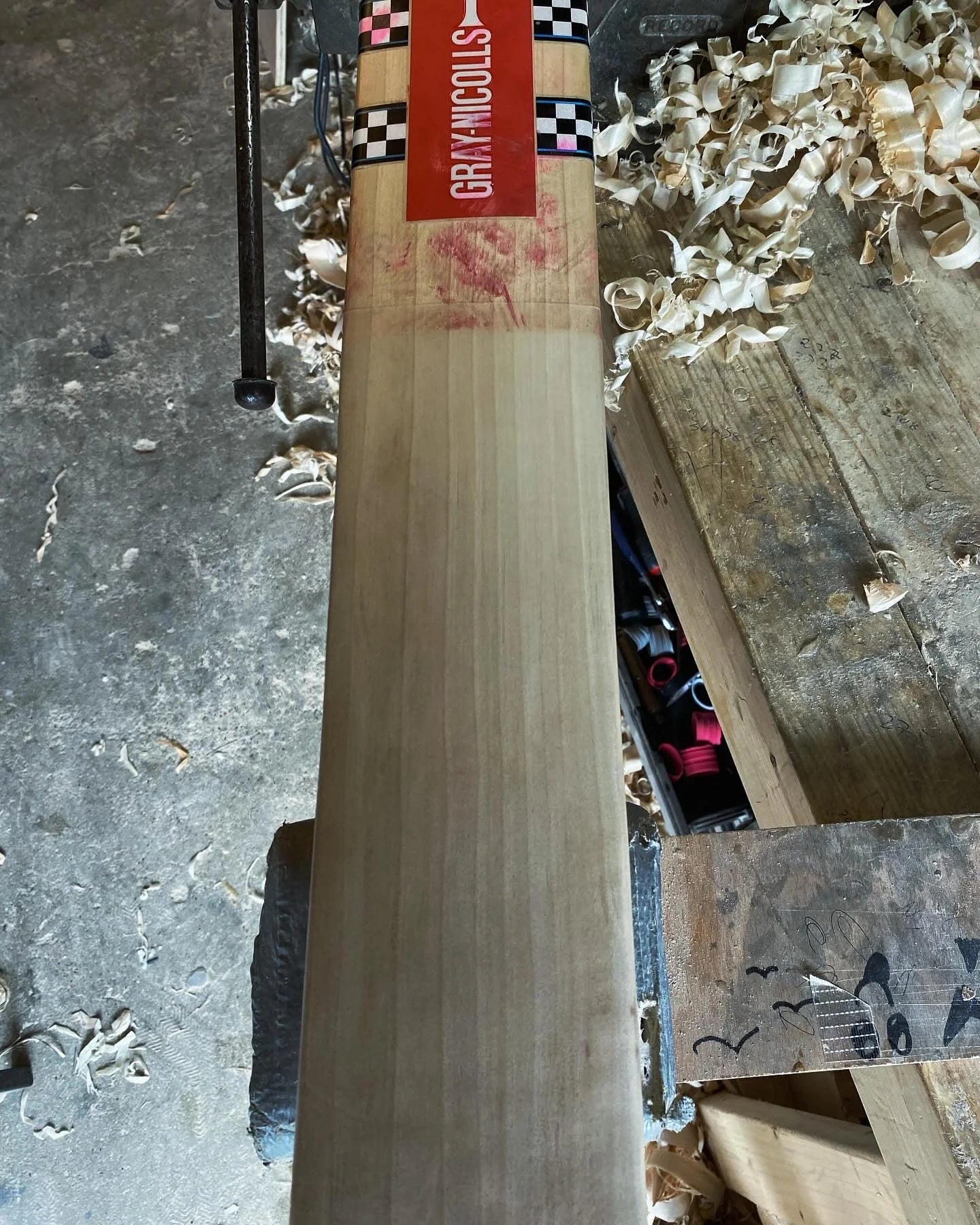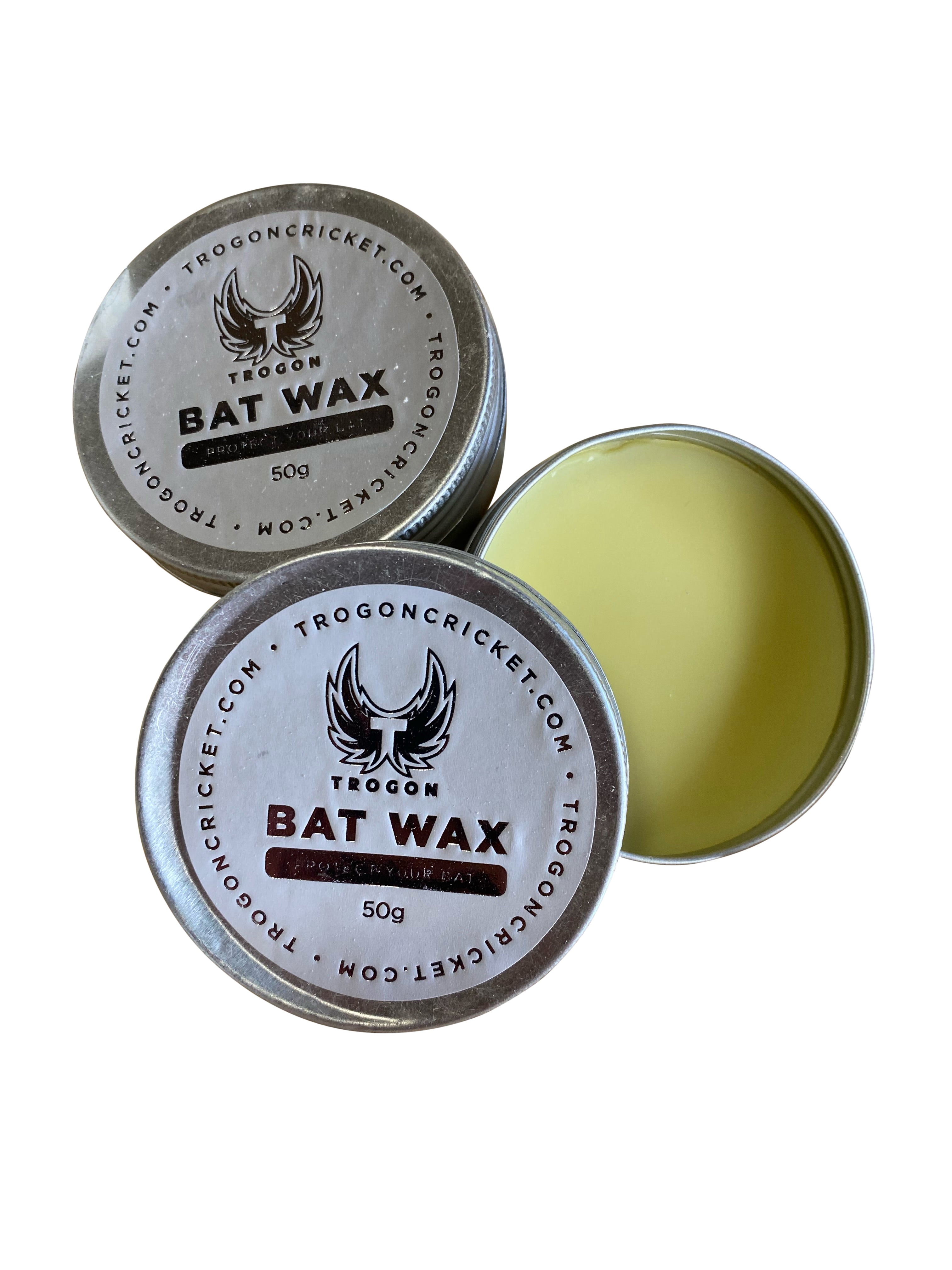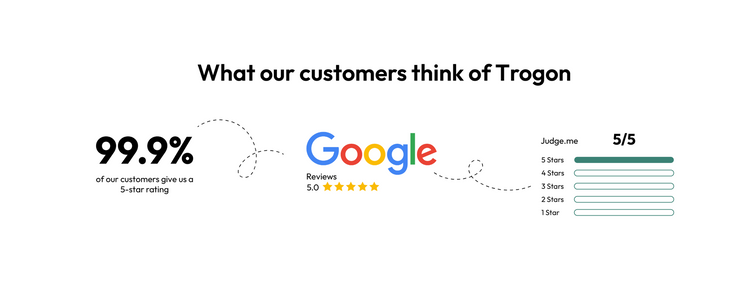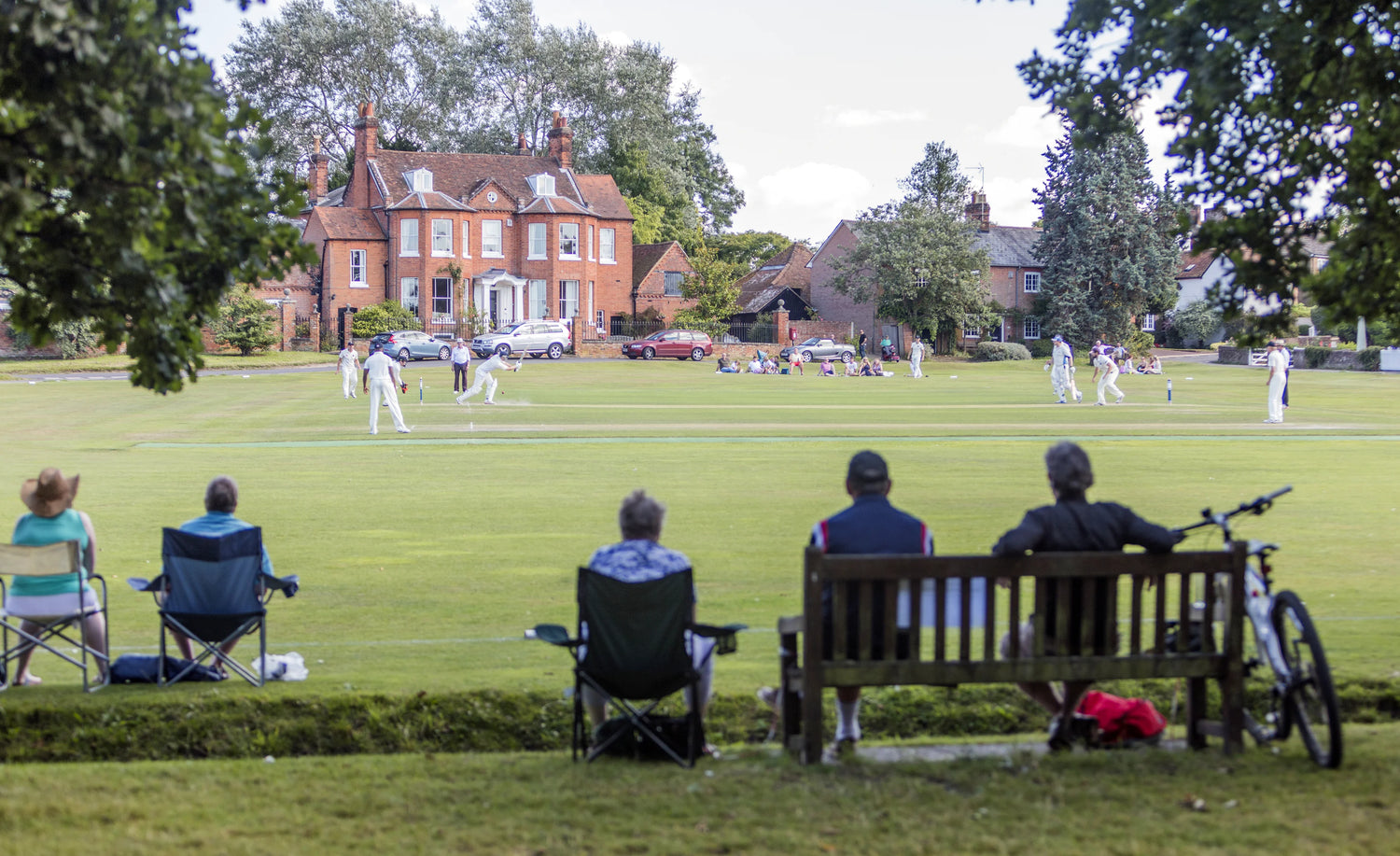Cricket bats have undergone various design changes over the years to enhance performance in the pursuit of optimal weight, pick-up, and balance. One such innovation is the duckbill cricket bat toe, a design feature that has gained popularity among cricketers for its distinct advantages.
In this blog post, we will delve into the intricacies of the duckbill cricket bat toe, its impact on the bat's performance, and how it differs from traditional cricket bat designs, from adult bats to our purpose-made womens cricket bats.
But first, what is a duckbill cricket bat toe?
The duckbill cricket bat toe refers to a particular shape at the bottom of the cricket bat, where the toe is longer and flatter compared to traditional designs. The term 'duckbill' comes from the resemblance of this shape to the bill of a duck. This design includes a sharp decline from the spine of the bat to the toe, creating a unique profile that affects the bat's balance and weight distribution.
Now, let's delve in and find out more about the Duckbill cricket bat toe.
The Spine of the Cricket Bat
To understand the duckbill design better, it's essential first to comprehend the spine of the cricket bat.
The spine is the raised ridge running down the back of the bat, which plays a crucial role in determining the bat's weight, balance, and power, but making sure they fit within the MCC rules and guidelines on bat dimensions - my personal favourite spine height is 63mm, which is lower than the MCC guidelines.
A higher spine typically means more mass in the middle of the bat, which can mean more power behind the bat, but that is not always the case.
The Middle of the Cricket Bat and the Sweet Spot
The middle, or the 'sweet spot', of a cricket bat is the area where the bat is most effective when hitting the ball.
It's the part of the bat that offers the best combination of power and control. The position of the sweet spot varies based on the bat's design and is crucial for a batter's style of play, which is one of the main reasons batters opt for custom-made cricket bats, allowing them to determine exactly where the middle is. This is also true of our butterfly willow cricket bat.
Bats with a lower middle or sweet spot are generally preferred for playing on slower pitches, while those with a mid-high or sweet spot are better suited for bouncier pitches, although this is not an exact science.
How Duckbill Cricket Bat Toes Influence Bat Performance
The duckbill cricket bat toe design has a significant impact on the bat's performance. By having less wood around the toe area, the duckbill design shifts the balance and weight distribution upwards, closer to the player's hands.
This shift makes the cricket bat pick-up much lighter, offering better manoeuvrability and control, and, most importantly, a lighter pick-up, which, as I have written about extensively in other posts, is the most important feature to consider when buying a new cricket bat.
Batters often prefer this design as it allows for quicker bat speed and ease in playing shots, especially in the modern game (T20/T10), where agility and swift stroke play are crucial.
The duckbill design also affects the bat's sweet spot. With less weight in the toe, the sweet spot can be positioned slightly higher, providing a better balance between power and control.
This design can be particularly advantageous for players who like to play both front and back-foot shots.

The above image shows a small-ish duckbill cricket bat I made. As you can see, the drop from the peak of the spine to the toe is quite dramatic, creating a duckbill look. This bat ended up weighing around 2lbs 9oz undressed, so approximately 2lbs 11oz dressed, and had a wonderful ping.
Which Bat Profile Is Best for Power Hitting?
While the duckbill profile offers excellent balance and pick-up, players looking for maximum hitting power might also explore full-profile bats.
These retain more wood behind the sweet spot, giving added punch for front-foot drives. However, duckbill cricket bats strike a great compromise, offering both light pick-up and impressive power, especially for players who value control and precision alongside hitting capability.
At Trogon, we help players choose the ideal profile for their batting style, whether that’s pure aggression, finesse, or a balance of both.
The Advantages of Duckbill Bat Toes
The duckbill bat toes provide several benefits to cricketers.
- Firstly, they offer a lighter pick-up, which is essential for batters who rely on quick wrist work and timing.
- Secondly, the design contributes to a more balanced feel, allowing players to manoeuvre the bat more easily and play a wider range of shots.
- Lastly, the unique shape of the duckbill toe can also help in reducing the risk of damage to the bat, as the flatter and elongated toe is less prone to splitting or cracking upon impact with the ground.
However, with advantages, there are also some disadvantages.
How Big Can a Duckbill Cricket Bat Be?
Duckbill cricket bats come in a wide range of sizes to suit every player, from junior cricketers through to full-size adult bats. A duckbill is available on all bat sizes.
At Trogon, our duckbill bats start from size 3 (for younger players) and go right up to short-handle adult models. In terms of weight, most duckbill bats range between 2lb 7oz and 2lb 12oz, depending on the grade of willow and balance requirements.
Because the duckbill design removes excess weight near the toe, even heavier bats often feel lighter in pick-up, making them comfortable for extended innings or shorter formats like T20s.
Disadvantages of Duckbill Cricket Bat Toes
- Reduced Durability in the Toe Area: The flatter and elongated toe design results in less wood in the lower part of the bat, potentially compromising its durability, especially on harder surfaces or against faster bowling.
- Altered Bat Balance: The weight distribution shifts towards the handle, which might not suit all batting styles, especially for players used to a lower centre of gravity.
- Sweet Spot Positioning: The sweet spot tends to be higher, which may not be ideal for playing on slow, low pitches or for batsmen who prefer a lower sweet spot.
- Adaptation Period: Players switching from traditional bats may need time to adjust to the new balance and feel, affecting their timing and stroke play initially.
In summary, while the duckbill cricket bat toe design offers advantages such as lighter pick-up and improved balance, players must also consider its potential drawbacks.
These factors include the need for adaptation, changes in the bat's balance and sweet spot positioning, and concerns about durability and cost.
Do Professional Players Use Duckbill Bats?
Yes, many elite players, including Virat Kohli, are known for using bats with a duckbill profile. Kohli’s signature cricket bat features a high spine that tapers quickly into a flat toe, giving that distinct duckbill look.
This design helps him generate incredible bat speed and balance while maintaining control over both front and back-foot shots. The popularity of the duckbill profile among professionals highlights its versatility; it’s not just a design trend, but a proven performance enhancer used at the highest level of cricket.
Which Bat Profile Is Best for You?
There’s no single “best” profile; it depends entirely on your playing style.
Duckbill profiles are ideal for players who prefer a lighter pick-up and quick shot execution, particularly in limited-overs cricket. Full spines, on the other hand, suit batters who prefer more wood through the toe for front-foot dominance.
Mid and low profiles help players on slower wickets or those who stay low during their shots. At Trogon, we offer all profiles, including duckbill, full spine, and traditional, to match your personal technique, height, and preferred game format.
Should You Fit a Toe Guard on a Duckbill Bat?
Because duckbill bats feature a slightly flatter and more extended toe, fitting a toe guard is strongly recommended.
It provides extra protection against moisture, cracks, and repeated impact with the ground, especially on damp pitches or the nets, especially at the beginning of the season.
A good quality toe guard adds minimal weight (usually less than 10 grams) but significantly extends the life of your bat.
At Trogon, we can fit toe guards as part of our finishing service, ensuring your new duckbill bat maintains its performance and durability throughout the season.
Custom Cricket Bats by Trogon Cricket
At Trogon Cricket, we understand the importance of having the right cricket bat that suits your style and needs. We specialise in hand-making cricket bats for all shapes, sizes, and weights, with full customisation to meet the batter's requirements.
We use only the finest materials, including cricket bat grade 1, Grade 2, and Grade 3 cleft English willow, to create bats that not only perform exceptionally well but also cater to a wide range of budget requirements.
Whether you're a professional player or an enthusiastic amateur, Trogon Cricket has the perfect bat for you, tailor-made to enhance your game.
Playing Our Part in Your Cricket Story
We know that cricket is more than just a game; it’s a passion, a community, and a lifetime of memories. That’s why every Trogon bat is made with care, dedication, and pride. We see our role as more than just bat makers; we’re part of your cricket journey.
From the first knock in the nets to the biggest innings of your career, we want to be there with you.
Choosing Trogon means choosing a bat made with honesty, integrity, and the same love for the game that you carry to the crease.
Trogon Product Guarantee
When you buy from Trogon, you’re covered by our 6-month bat guarantee. If your bat cracks or breaks within that period and has been knocked in correctly, we’ll replace it with a new one, simple, fast, and hassle-free. Combine that with your statutory online protections, and you can shop with total peace of mind.





























